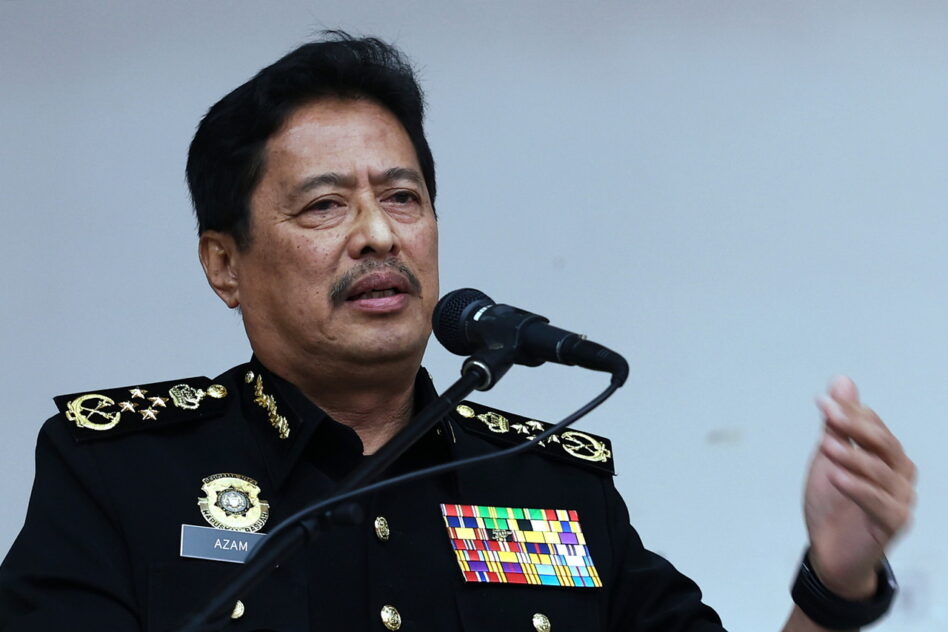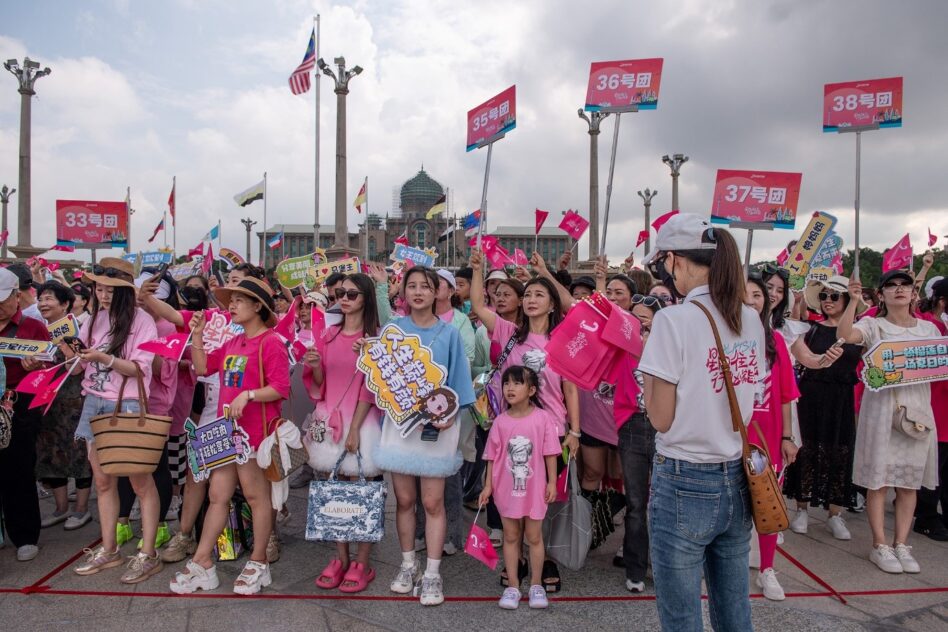LONDON: HSBC Chief Executive Noel Quinn is making a decent stab of reviving the ailing US$90 bil (RM381.56 bil) lender, but the ground keeps shifting beneath his feet.
With low interest rates sapping revenue in every division aside from investment banking, cost cuts at the London-based bank will have to go much further than originally planned to get returns back up to a respectable level.
Second-quarter results on Monday showed that the investment banking business is the only one that’s really growing. Revenue from trading fixed income, currencies and commodities surged by 79% year-on-year to US$2.1 bil.
Yet even that stellar performance couldn’t offset a slump in retail and commercial banking revenue, where lower central-bank interest rates dragged down net interest income. Group-wide revenue slumped by 4% from a year earlier, after adjusting for one-offs like currency fluctuations.
Quinn’s problem now is two-fold. First, investment banking is hardly a dependable earner: HSBC’s traders benefitted from a boom in volatility and wider bid-ask spreads in the second quarter, which have since eased. Other businesses, including its core Hong Kong unit, seem unlikely to pick up the slack given the territory’s deep economic contraction and political unrest.
Second, the anticipation of bad debt is eating into profits to a much greater extent than originally forecast. Quinn booked a US$3.8 bil charge for expected credit losses in the second quarter. That was US$1.2 bil more than analysts forecast, and 30% above the equivalent charge for the first three months of the year.
The upshot is that Quinn’s restructuring programme, unveiled in February and which targeted a 10% to 12% return on tangible equity in 2022, will need to be bigger. Analysts expect HSBC to have about US$158 bil of tangible equity that year.
To achieve the lower end of the return target, Quinn would need US$15.8 bil of earnings. Using a 21% tax rate, consensus bad debt estimates and his targeted cost base of US$31 bil, that would require US$55 bil of revenue – or roughly equal to what HSBC pulled in on the top line last year. Repeating that will be a push.
The only lever available to Quinn is costs. He’s admittedly making progress on his original restructuring plan: adjusted expenses fell by 7% year-on-year in the second quarter.
But to make good on his longer-term returns ambition, he’ll need much more. – Aug 3, 2020, Reuters










